You should feel safe and independent when you use a bath lift at home. Bath lift devices help people who have trouble moving. They give support and help you feel more independent. Using a bathtub lift or bath chair lift can make your home safer. It also gives you extra care. A portable bath chair lift or bath tub lift lets you bathe on your own. Bath lifter routines help keep you and your Superhandy device safe.
Key Takeaways
Always check and clean your bathtub and bath lift before use to prevent slips and ensure safety.
Use non-slip aids and grab bars to reduce fall risks when entering and exiting the tub.
Clean and inspect your bath lift regularly, charge the battery, and store it in a dry place to keep it working well and safe.
Bathtub Lift Safety
Preparation
You should always start with a clean and dry bathtub. Check the bath surface for any dust, oil, or soap residue. These can make the area slippery and increase the risk of injury. Wipe down the tub before you use your bath lift. Make sure the area around the tub is free from clutter. This step is one of the most important home safety tips.
Before you use your bathtub lift, inspect all parts. Look at the suction cups and make sure they are clean and free from damage. Press each suction cup firmly onto the tub surface. This helps prevent the bath lift from moving during use. Always check the weight limit of your bath lift. Most models, like the Superhandy bath lift, support up to 375 pounds. Never exceed the weight limit. This keeps you safe and protects your device.
Tip: Always follow the Superhandy and manufacturer instructions for setup and use. These guides help you avoid mistakes and keep your bath chair lift working well.
Water Temperature
Water temperature is a key part of bath safety. Seniors often have reduced sensitivity to heat, which can lead to burns. Set your water heater to a maximum of 120°F (49°C). This is one of the best home safety tips for anyone using a bath tub lift. For extra protection, install anti-scald devices or thermostatic mixing valves. These devices stop the water flow if it gets too hot.
Always check the water temperature with a thermometer before you get in. Aim for a comfortable ange of 97°F to 98°F.
Use single lever faucets to make adjusting the temperature easier.
If you care for someone else, supervise and teach them about water temperature safety.
Note: The Americans with Disabilities Act recommends anti-scald protection for all bathing areas. This helps prevent burns and keeps your bath lifter experience safe.
Non-Slip Aids
Slips and falls are a common cause of injury in the bathroom. You can lower this risk by using non-slip aids. Here are some effective options:
Non-slip coatings create a textured surface in the tub.
Non-slip decals stick to tiles and tub floors.
Grab bars, such as Easy Mount or L-Shaped models, give you stable support.
Suction-cup grab bars are easy to install and remove.
Tub rails offer secure handholds for getting in and out.
Bath mats provide a slip-proof surface and are easy to clean.
Transfer benches and shower chairs give you a stable seat during transfers.
Many bath lifts, including Superhandy models, have anti-slip features and strong suction cups.
Home Safety Tip: Place non-slip mats both inside and outside the tub. This simple step can prevent many accidents.
Entry and Exit
Getting in and out of the tub safely is very important. Use these techniques to stay safe:
Seated Pivot Approach: Sit sideways on the tub edge with your feet inside. Hold a grab bar. Move one leg at a time over the tub wall. Pause to regain balance.
Push-Up Method: Scoot to the front of the tub with knees bent. Place your hands on the tub sides or grab bars. Push up to a kneeling position. Bring one foot forward and stand while holding the grab bar.
Caregiver-Assisted Exit: If you need help, have your caregiver stand outside the tub. Use a grab bar or bath chair lift for support. The caregiver can guide you gently. Use a transfer belt for extra stability if needed.
Other home safety tips include installing grab bars, using transfer benches, and keeping the area well-lit. Never use towel bars for support, as they cannot hold your weight. Keep items you use often within reach to avoid stretching or bending.
Emergency Access
You should always prepare for emergencies. Keep a waterproof phone or alert device nearby. This allows you to call for assistance if you need help. Many bath lifts, including Superhandy models, come with waterproof remote controls and emergency stop buttons. These features let you stop the lift quickly if something goes wrong.
Make sure the bathroom has non-slip surfaces and secure locking mechanisms.
Test the emergency controls before each use.
Place a medical alert button within reach of the tub.
Home Safety Tip: Tell family members or caregivers when you plan to bathe. This way, someone can check on you if needed.
By following these steps, you can use your bath lift safely and enjoy greater independence at home.
Bath Lift Maintenance
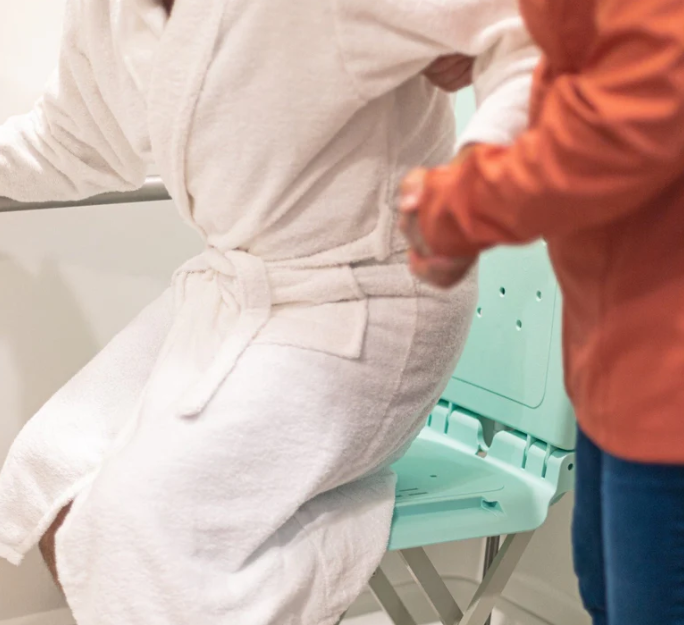
Cleaning
You need to clean your bath lift often to keep it working well. After you use it, take off the covers and rinse the lift with hot water. This helps remove soap, oil, and other stuff that can cause mildew or mold. Once a week, use a bath cleaner that does not have bleach. Always check the label before you use any cleaner. This keeps the bath lift from getting damaged. Wash the covers that come with your bath lift often. Clean covers help stop slipping and keep things clean.
Tip: Do not use rough cleaners like Magic Eraser, Bar Keepers Friend, Zud, or Comet. These can scratch the bath lift and make it wear out faster.
Never use products with words like Poison, Danger, or Warning on the label. Stay away from fake smells and chemicals like triclosan or quats. These can hurt you and harm the bath lift. Only use chlorine bleach if you need to kill germs, and always follow the directions. Cleaning your bath lift often stops mildew and keeps it safe to use.
Inspection
Check your bath lift often to make sure it is safe. Look at the suction cups for damage before you use it. Replace them if they do not stick well. Check the belts to see if they are worn or loose. If your bath lift has batteries, charge them if you have not used the lift in a while. Run the lift three times every three months with no one on it to keep the battery healthy. Moving parts need to work smoothly. Listen for strange sounds when you use the lift.
Here is a table to help you remember when to check each part:
Component |
Inspection Frequency and Maintenance Instructions |
|---|---|
Suction Cups |
Look at them often for damage. Replace if they do not stick. |
Belts |
Check for wear or looseness before every use. |
Batteries |
If not used for a long time, charge and run the lift three times every three months. |
Moving Parts |
Make sure they move smoothly and do not make odd noises. Have a provider check the lift every 24 months. |
Bath Lift (General) |
Have a provider check before you use it again and at least every 24 months per DIN EN ISO 10535. |
User Checks |
Look for damage and make sure everything is put together right before each use. |
Also, look for mold or mildew on the seat, covers, and suction cups. If you see any, clean it right away. Checking your bath lift often helps stop parts from getting stuck and keeps it safe.
Storage
Storing your bath lift the right way keeps it safe and makes it last longer. After you clean it, dry all the parts well. This stops mold and mildew from growing. Put the bath lift in a cool, dry place. Do not leave it in the sun or in wet places. If you will not use it for a long time, charge the battery first. This keeps the battery ready to use. Make sure all parts are dry before you put the lift away. Good storage keeps your bath lift ready for your next bath and helps you avoid repairs.
Note: Never store your bath lift with wet covers or in a damp bathroom. Wetness can cause mildew and damage the bath lift.
Manufacturer Guidelines
Always follow the manufacturer’s instructions for taking care of your bath lift. Each brand has its own rules because the lifts are made differently. For example, Superhandy gives a manual for their bath lift. The manual says to charge the lift at least once every 90 days. If you will not use it for a long time, charge the battery before you put it away. Some brands say to clean parts, add oil to moving parts, and check for cracks or leaks. Always use the cleaners and oils the manufacturer says are safe. This keeps your bath lift safe and your warranty good.
If you see problems, like the lift not moving or making weird sounds, look at the manual for help. For hard repairs, call a pro or the manufacturer’s support team. Following the Superhandy manual and your brand’s rules keeps your bath lift safe and working well.
You can stay independent by using these safety steps.
Make sure suction cups and safety belts are tight.
Always read the Superhandy manual and ask experts for help with repairs. Taking care of your bath lift helps keep you safe and lets you do things on your own.
FAQ
How often should you clean your bath lift?
You should clean your bath lift after every use. Weekly deep cleaning helps prevent mold and keeps your device safe.
What should you do if your bath lift stops working?
Check the battery and connections first. If problems continue, contact Superhandy support at superhandy.com for help.
Can you use bleach to clean your bath lift?
Avoid bleach for regular cleaning. Use mild soap or a recommended cleaner to protect your bath lift and keep it in good condition.


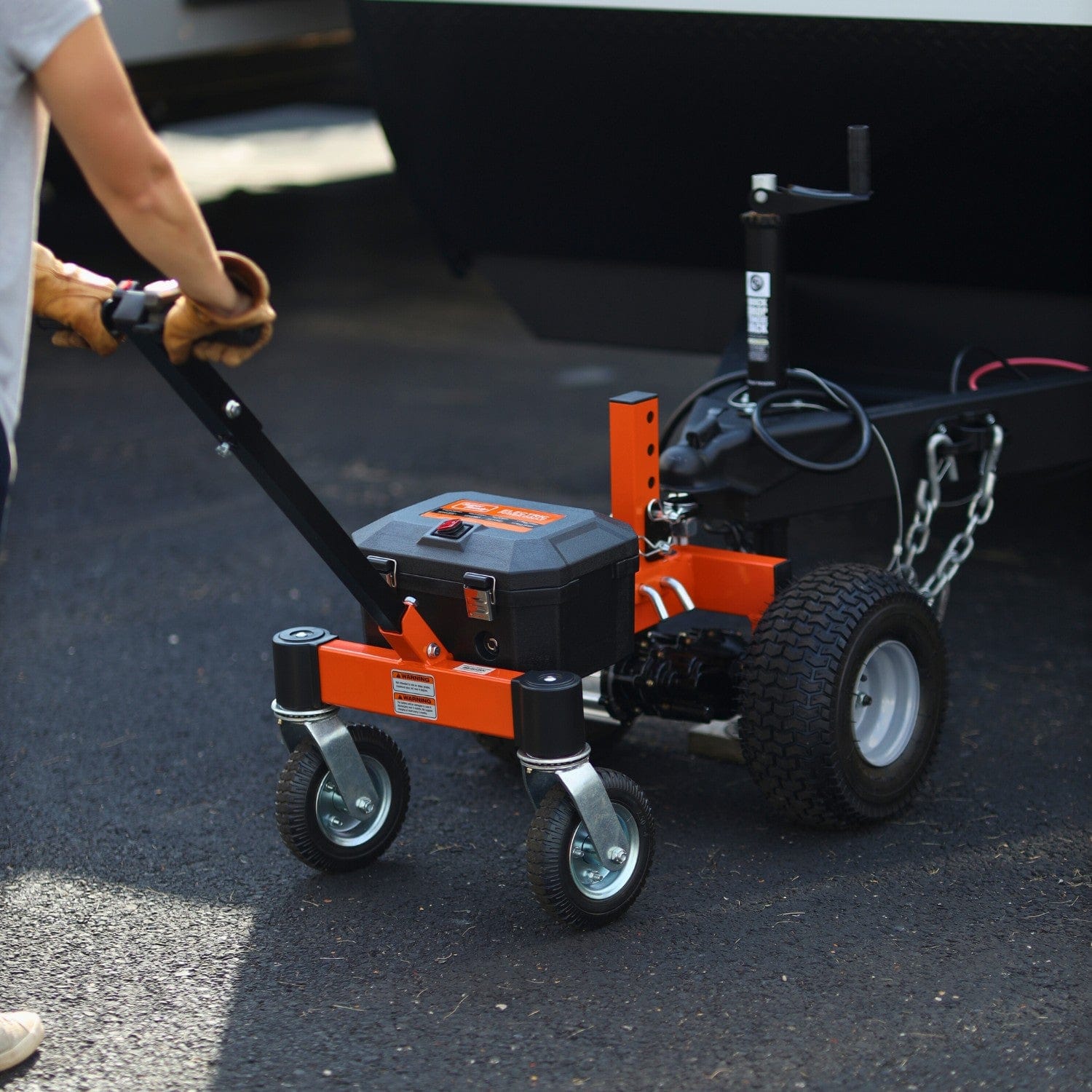
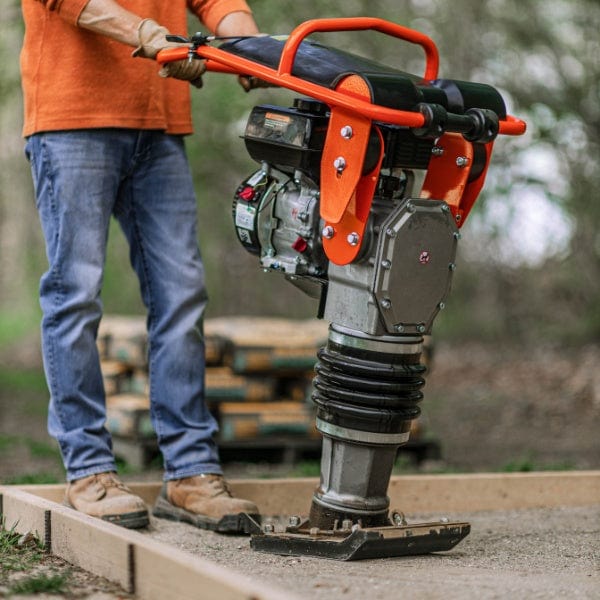
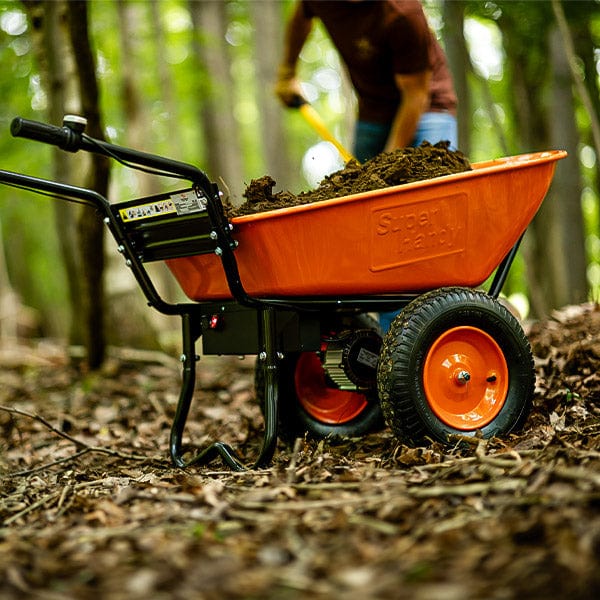
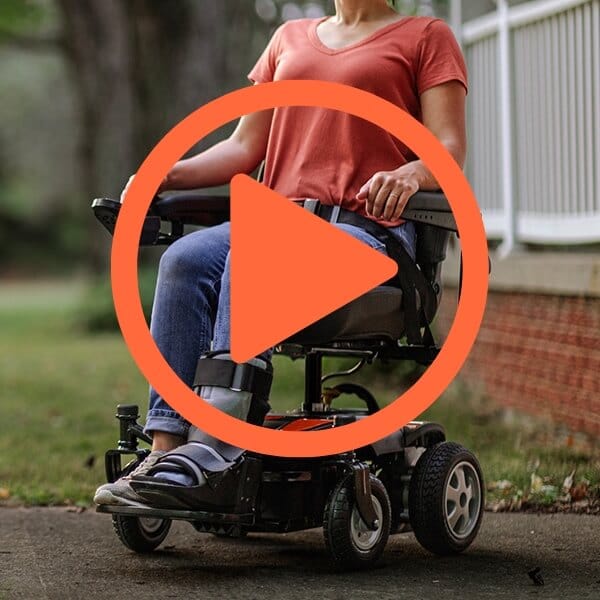

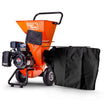
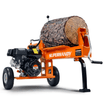
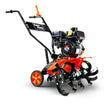
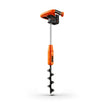
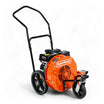
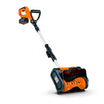
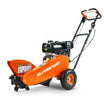
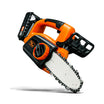

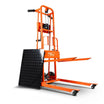
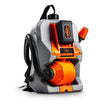
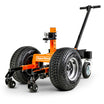
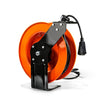
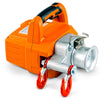
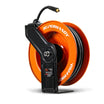

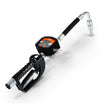
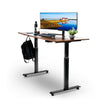
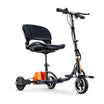
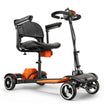
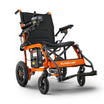
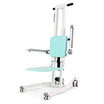

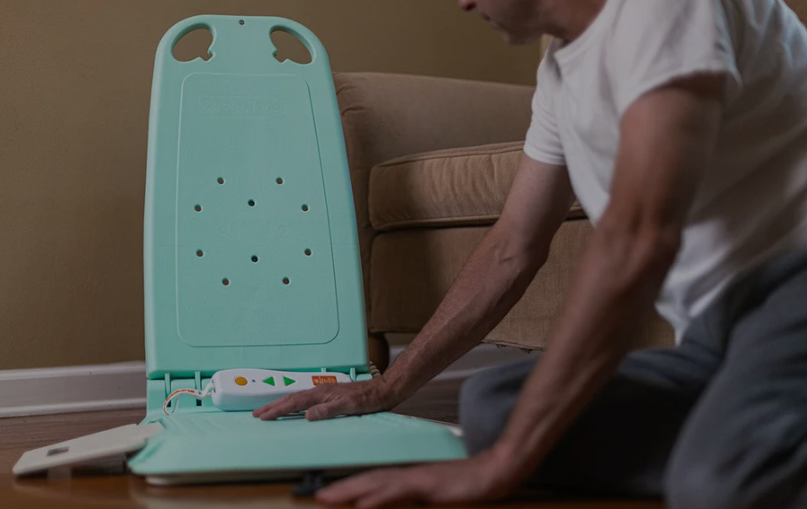
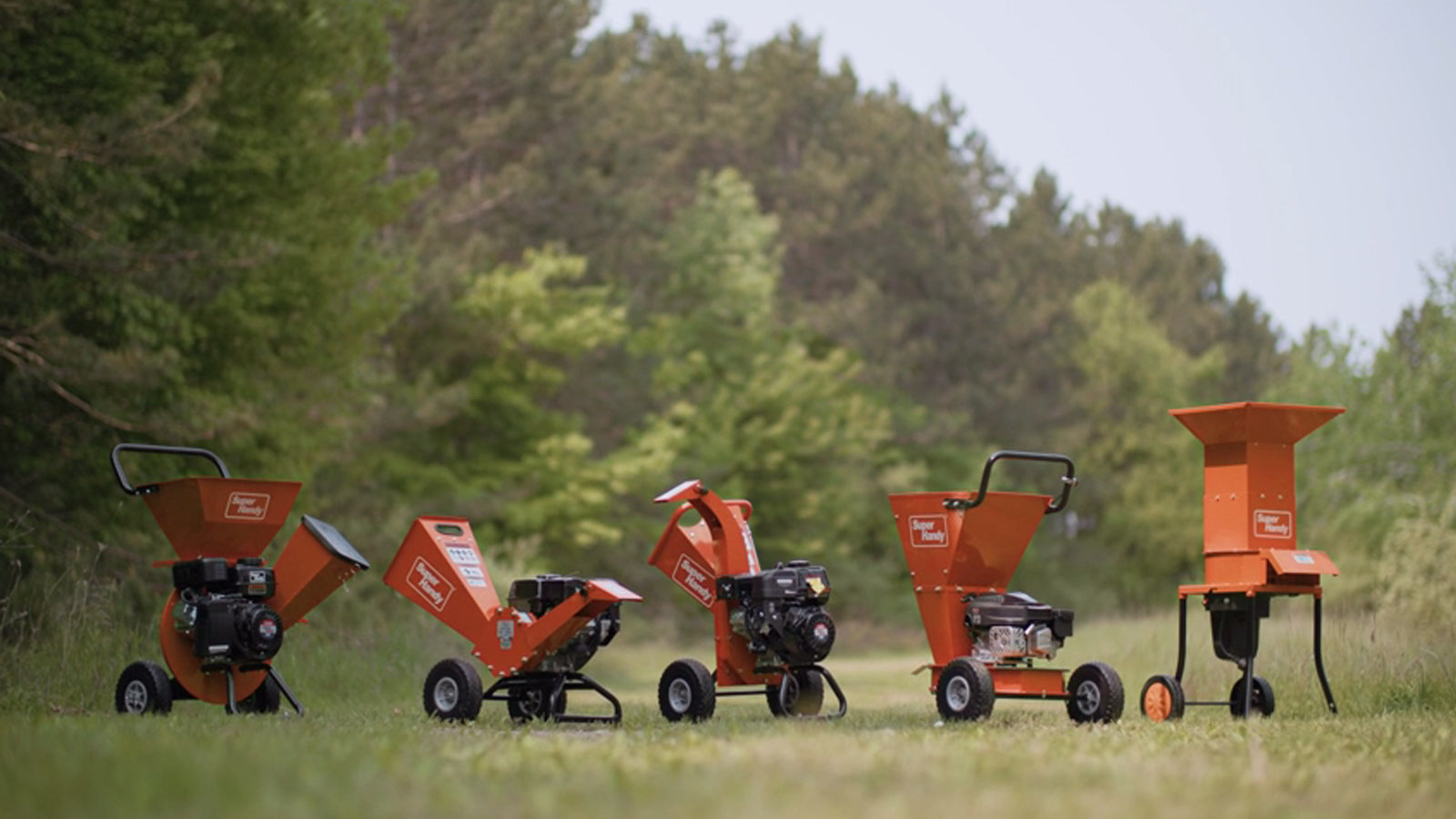
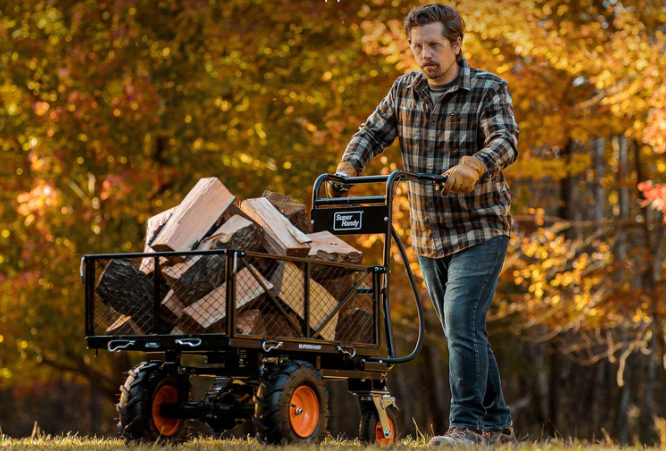
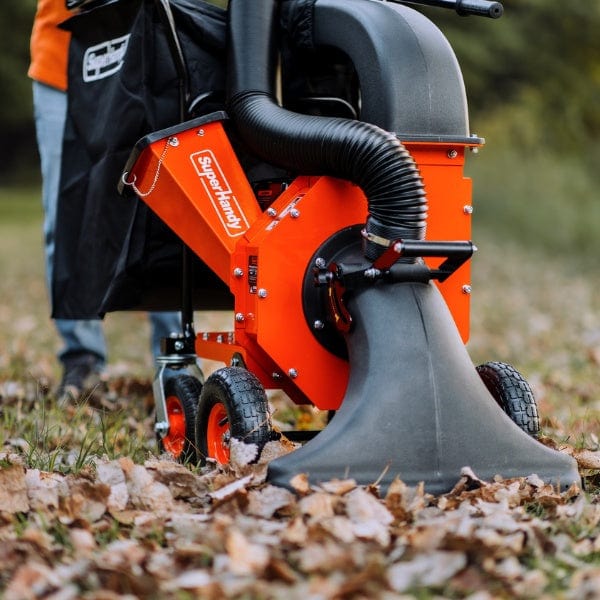
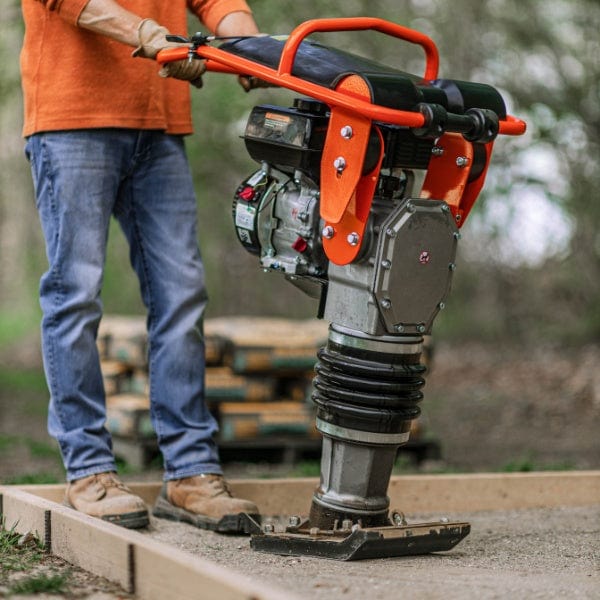
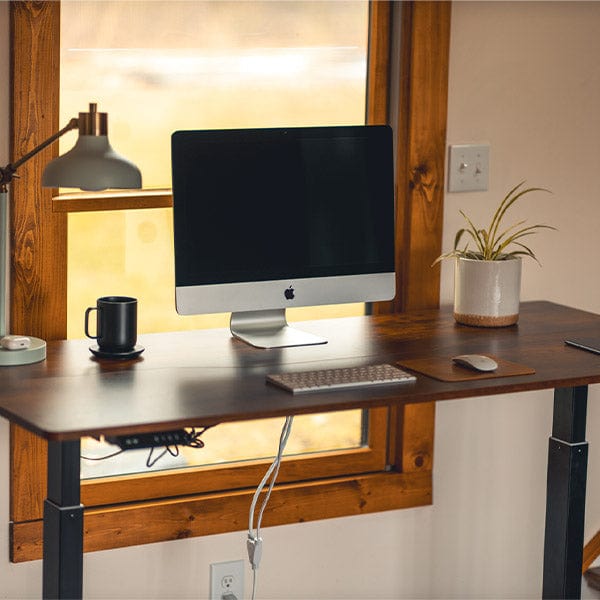
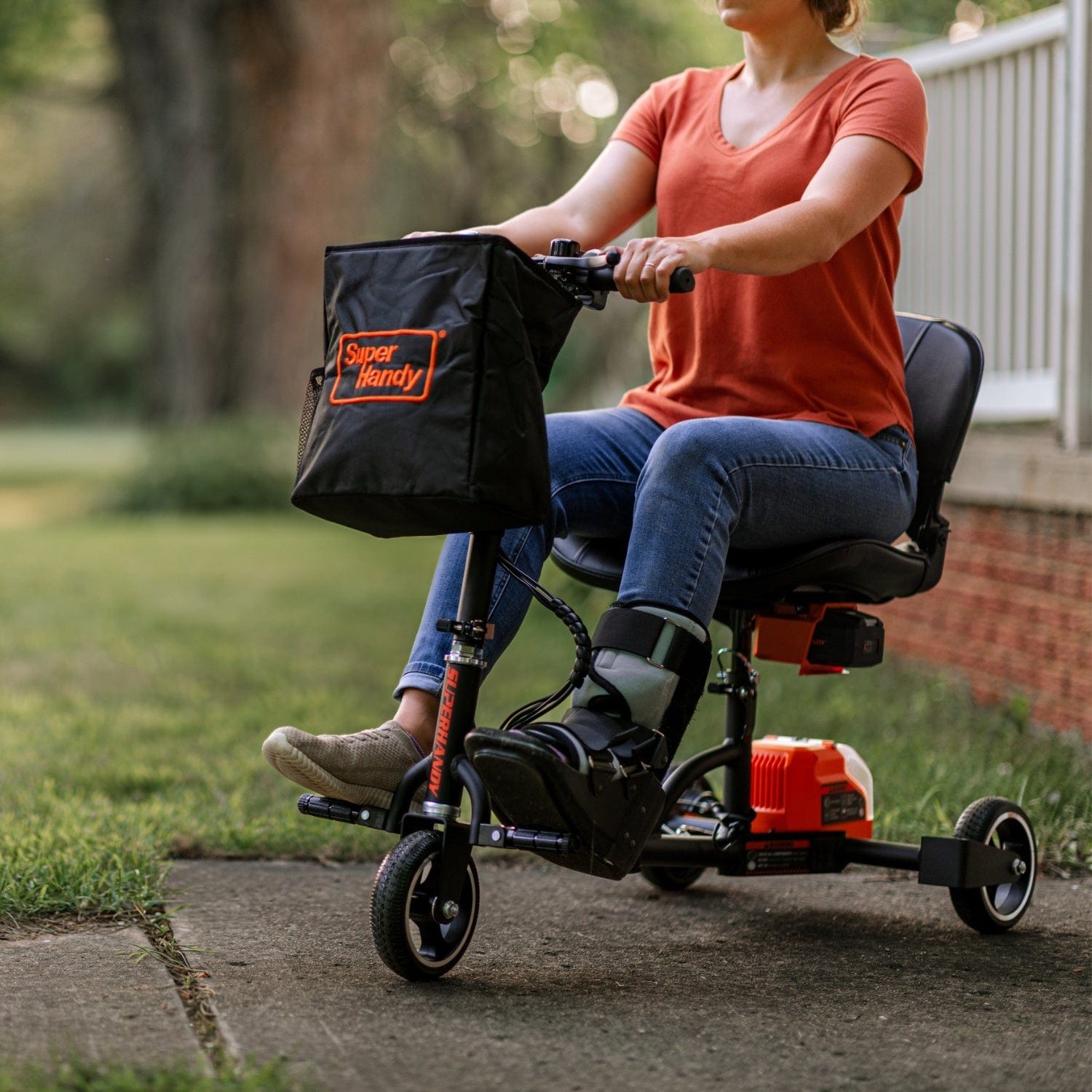
Leave a comment
All comments are moderated before being published.
This site is protected by hCaptcha and the hCaptcha Privacy Policy and Terms of Service apply.